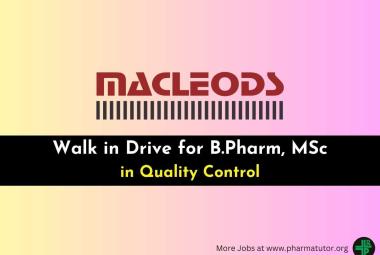About Author:
Mr. RAJU A. MODHAVADIYA
School of Life Sciences
University of Hertfordshire, UK
Abstract:
The main concept of the study was to find out the penetration of boots ibuprofen gel at different frequencies such as 20 kHz and 40 kHz through cellulose membrane exposed to ultrasound. Different sonicator bath were used for different frequencies. Ultrasound has been used to enhance penetration of ibuprofen from transdermal preparation. Boots ibuprofen gel was used in the experiment. Ibuprofen is a NSAIDs drug which is used to enhance healing effect against inflammation, pain and analgesics.
Frequency, intensities, duty cycle are the important factor. In this experiment frequency variable was used. 20 kHz and 40 kHz frequencies were used in this experiment.Boots ibuprofen gel max (10%) was used to measure the penetration of ibuprofen through the cellulose membrane exposed to ultrasound. By using the Franz diffusion cell penetration of ibuprofen was found out. An amount of ibuprofen permeated through cellulose membrane was found out using High Performance Liquid Chromatography (HPLC). Penetration of ibuprofen was found out more lower frequency. However the penetration ibuprofen also increase compare to control in first hour. The ANOVA result: sample assuming equal variances were performed to find out significance difference (P<0.05) between control and different ultrasound frequencies and also the rate gradients were measured. The P value got for the control and 40 kHz frequency was 0.123, which indicate that there is no significance difference observed for permeation of ibuprofen from gel . P value of control and 20 kHz frequency applying for 2 min was 0.05 which was similar P value, which shows that nearly significance observed between two value. The P value of control and 20 kHz for 5 minute was 0.002 which indicate that there was a significance observed between this two value. From the result it shows that lower frequency with more time give good penetration result.



 The
The 





